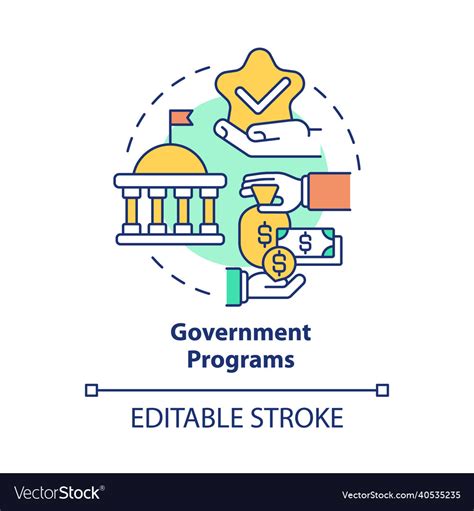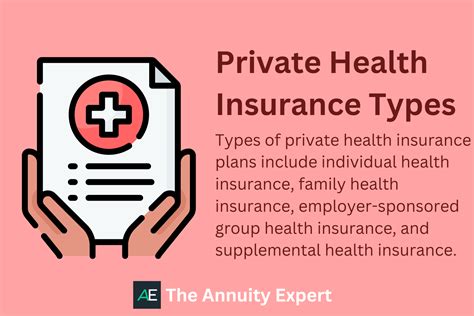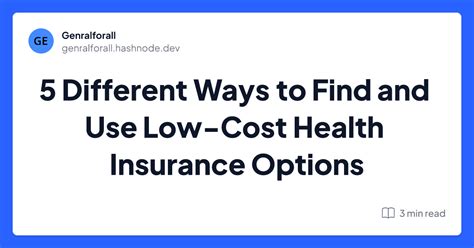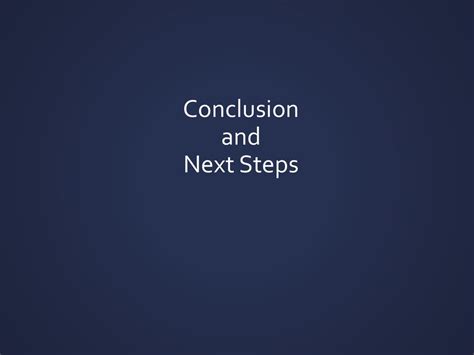Intro
Discover affordable Low Cost Medical Insurance Options, including subsidized plans, short-term insurance, and catastrophic coverage, to reduce healthcare expenses and find budget-friendly medical care solutions.
The rising cost of healthcare in the United States has become a significant concern for many individuals and families. Medical expenses can quickly add up, and without adequate insurance coverage, people may find themselves struggling to pay for necessary treatments and services. Fortunately, there are low-cost medical insurance options available that can help make healthcare more affordable. In this article, we will explore these options and provide guidance on how to find the best coverage for your needs and budget.
With the increasing cost of medical care, having health insurance is more important than ever. Not only can it help protect you from financial ruin in the event of a medical emergency, but it can also provide access to preventive care, diagnostic tests, and treatments that can improve your overall health and well-being. However, for many people, the cost of health insurance can be a significant barrier. This is why it's essential to explore low-cost medical insurance options that can provide the coverage you need without breaking the bank.
The good news is that there are many affordable health insurance options available, and with the right information and guidance, you can find a plan that meets your needs and fits your budget. Whether you're an individual, a family, or a business owner, there are low-cost medical insurance options that can provide the coverage you need. From government-sponsored programs to private insurance plans, we will explore the various options available and provide tips on how to navigate the complex world of health insurance.
Understanding Low-Cost Medical Insurance Options

To find the best low-cost medical insurance option, it's essential to understand the different types of plans available. These include:
- Catastrophic plans: These plans are designed for people under 30 or those who are exempt from the minimum essential coverage requirement. They provide limited coverage, but at a lower cost.
- Bronze plans: These plans provide a higher level of coverage than catastrophic plans but have higher deductibles and out-of-pocket costs.
- Silver plans: These plans offer a moderate level of coverage and are often the most popular choice for individuals and families.
- Gold and platinum plans: These plans provide more comprehensive coverage, but at a higher cost.
Government-Sponsored Programs

In addition to private insurance plans, there are also government-sponsored programs that can provide low-cost medical insurance options. These include:
- Medicaid: A joint federal-state program that provides health coverage to low-income individuals and families.
- Children's Health Insurance Program (CHIP): A program that provides health coverage to children in low-income families.
- Veterans Administration (VA) health care: A program that provides health coverage to eligible veterans.
- Affordable Care Act (ACA) marketplace plans: These plans are available to individuals and families who do not have access to employer-sponsored coverage.
Private Insurance Plans

Private insurance plans can also provide low-cost medical insurance options. These plans can be purchased directly from insurance companies or through online marketplaces. Some popular private insurance plans include:
- Short-term limited-duration insurance (STLDI): These plans provide temporary coverage for a limited period, usually up to 12 months.
- Association health plans (AHPs): These plans allow small businesses and self-employed individuals to band together to purchase health insurance.
- Health maintenance organization (HMO) plans: These plans provide a network of healthcare providers and often require a primary care physician referral to see a specialist.
Discounts and Subsidies

To make health insurance more affordable, many insurance companies offer discounts and subsidies. These can include:
- Premium tax credits: These credits can help lower the cost of health insurance premiums for eligible individuals and families.
- Cost-sharing reductions: These reductions can help lower the cost of out-of-pocket expenses, such as deductibles and copays.
- Discounts for healthy behaviors: Some insurance companies offer discounts for healthy behaviors, such as quitting smoking or participating in a fitness program.
How to Find Low-Cost Medical Insurance Options

Finding low-cost medical insurance options requires research and comparison shopping. Here are some tips to get you started:
- Use online marketplaces: Online marketplaces, such as HealthCare.gov, can help you compare plans and prices from different insurance companies.
- Contact insurance companies directly: Contacting insurance companies directly can provide more information about their plans and prices.
- Work with a licensed insurance agent: A licensed insurance agent can help you navigate the complex world of health insurance and find a plan that meets your needs and budget.
- Check for discounts and subsidies: Be sure to check for discounts and subsidies that can help lower the cost of health insurance premiums and out-of-pocket expenses.
Common Mistakes to Avoid

When shopping for low-cost medical insurance options, there are common mistakes to avoid. These include:
- Not reading the fine print: Failing to read the fine print can lead to unexpected costs and surprises.
- Not comparing plans: Failing to compare plans can result in choosing a plan that does not meet your needs and budget.
- Not checking for network providers: Failing to check for network providers can result in higher out-of-pocket costs.
- Not asking about discounts and subsidies: Failing to ask about discounts and subsidies can result in missing out on cost-saving opportunities.
Conclusion and Next Steps

In conclusion, finding low-cost medical insurance options requires research, comparison shopping, and a thorough understanding of the different types of plans available. By avoiding common mistakes and taking advantage of discounts and subsidies, you can find a plan that meets your needs and budget. Remember to always read the fine print, compare plans, and check for network providers before making a decision. With the right information and guidance, you can find affordable health insurance and protect yourself and your loved ones from financial ruin.
We invite you to share your thoughts and experiences with low-cost medical insurance options in the comments below. Have you found an affordable health insurance plan that meets your needs and budget? What tips and advice can you share with others who are searching for low-cost medical insurance options?
What is the difference between a catastrophic plan and a bronze plan?
+Catastrophic plans are designed for people under 30 or those who are exempt from the minimum essential coverage requirement. They provide limited coverage, but at a lower cost. Bronze plans, on the other hand, provide a higher level of coverage, but with higher deductibles and out-of-pocket costs.
How do I qualify for Medicaid?
+To qualify for Medicaid, you must meet certain income and eligibility requirements. These requirements vary by state, but generally, you must have a low income and limited resources.
Can I purchase a private insurance plan outside of the ACA marketplace?
+Yes, you can purchase a private insurance plan outside of the ACA marketplace. However, these plans may not provide the same level of coverage as ACA marketplace plans, and you may not be eligible for premium tax credits or other subsidies.
